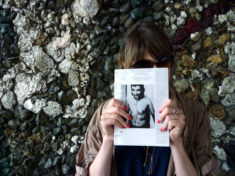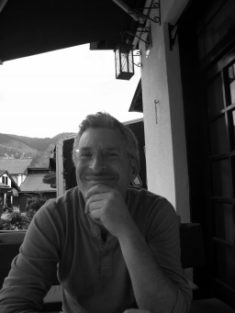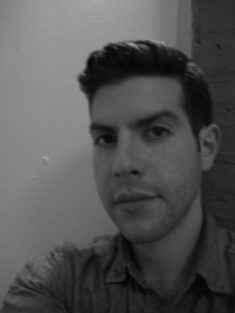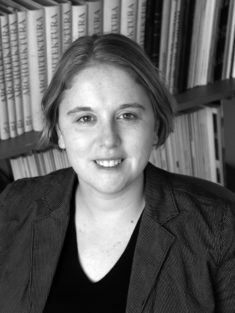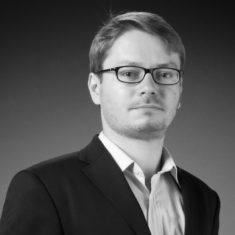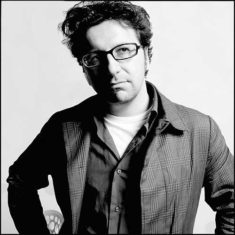About the event
Click here to watch the video of this event.
What do art and architecture created in late socialist regimes tell us about the historical, political, and aesthetic trajectories of modernism? Cultural production from the 1960s and 1970s in Eastern Europe and parts of South America and Africa charted a visual and urban course that did not adhere to the postmodern discourse associated with the 1980s in the capitalist West. Instead, these architects and artists reexamined modernist forms—even formalism itself—on the cusp of great political and economic transition as well as increasing international exchange. Join panelists as they discuss artists and architects whose work provide innovations to our generally held assumptions about modernism.
Participants include: Andrew Herscher, Slavic Languages and Literatures, University of Michigan; Ana Janevski, Media and Performance Art, Museum of Modern Art; Vladimir Kulić, Architecture, Florida Atlantic University; Fabio Mattioli, Anthropology, The Graduate Center, CUNY; Ana Miljački, Architecture, Massachusetts Institute of Technology; Nadia Peručić, Art History, The Graduate Center, CUNY; Srdjan Jovanović Weiss, architect; Jonah Westerman, Art History, The Graduate Center, CUNY. Moderated by Nina Rappaport, Docomomo.
This event grows out of a day-long colloquium that includes contributions from Lukasz Stanek, and Ines Weizman, Kimberly Zarecor, and response from Reinhold Martin.

